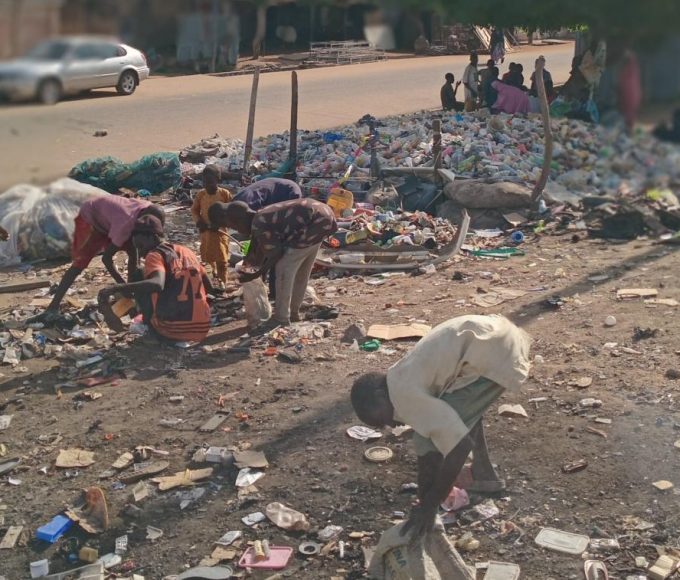
Negligence and Recklessness: A Cause for Decay of Public Properties

The condition of public property bears witness to the diligence of people who utilise it and those tasked with keeping it in good shape. Be it buildings, roads, parks, and other public spaces, showing the effects of postponed repair and callous attitudes of negligence.
But a sobering story becomes apparent when one looks at the state of government-owned property in the different states of the country; structures that ought to be sources of pride are frequently marred by misuse, neglect, and poor care. The degradation of government properties is largely caused by poor management and careless use.
It is obvious that the problem of government property deterioration goes much beyond simple physical wear and tear; it is a sign of a structural breakdown caused by careless use and neglect. Despite being intended to benefit the public, these structures represent a terrible state of affairs because of a culture that fails to recognize their importance and long-term viability.
When properties like this are neglected, they frequently become targets for vandalism, unauthorized habitations, and additional degradation, turning once-useful assets into eyesores that degrade the neighbourhood and lead to homes for other social vices.
The general standard of living for the residents who depend on these facilities is also impacted by this fall, in addition to the facilities’ aesthetic appeal.
Not only is there a maintenance issue, but there is also a fundamental lack of a strong system of responsibility. Properties fall into disrepair, and the burden of obligation conveniently stays unassigned due to a lack of adequate oversight and accountability procedures.
What to do?
A comprehensive approach is necessary to lessen the decadence of government-owned properties. The first step is a paradigm shift in how citizens view public property, acknowledging both its inherent value and its function in promoting community well-being. Citizens’ sense of ownership over these resources can play a major role in their preservation. Involving local people in the upkeep and defence of public assets discourages abuse and vandalism while also fostering a sense of pride.
Also, enforcing strict maintenance guidelines, delineating distinct roles, and providing sufficient funds for ongoing maintenance are essential measures in halting this deterioration.
We must also emphasize the need for appropriate maintenance, and government organizations must also give priority to education and awareness initiatives. To hold authorities responsible and guarantee that funds are used wisely, transparency in budget allocation and expenditure regarding property maintenance is crucial.
About The Author
Related Articles
Surviving Poverty Through Pollution: A Day in the Life of Adamawa Bola Boys
Before leaving Lagos, I was sure that I had left behind memories like...
ByBankole Taiwo JamesNovember 20, 2025The Nobel Peace Prize: A Weapon of Western Hegemony
From Dynamite to Diplomacy, the Birth of a Paradox Alfred Nobel, the...
ByAbdirahman Mohamed AhmedOctober 13, 2025Everything You Know About Africa Might Be a Lie: The Scripted Continent and How the West Engineered Its Story Before It Happened
What if the negative perceptions surrounding Africa are not simply organic but...
ByWest Africa WeeklySeptember 20, 2025Ethiopia: Israel’s Twin In Africa Expansionism, Proxy Wars, And The Assault On Sovereignty
For generations, Ethiopia has functioned as the “Israel of Africa.” It is...
ByAbdirahman Mohamed AhmedSeptember 18, 2025












Leave a comment